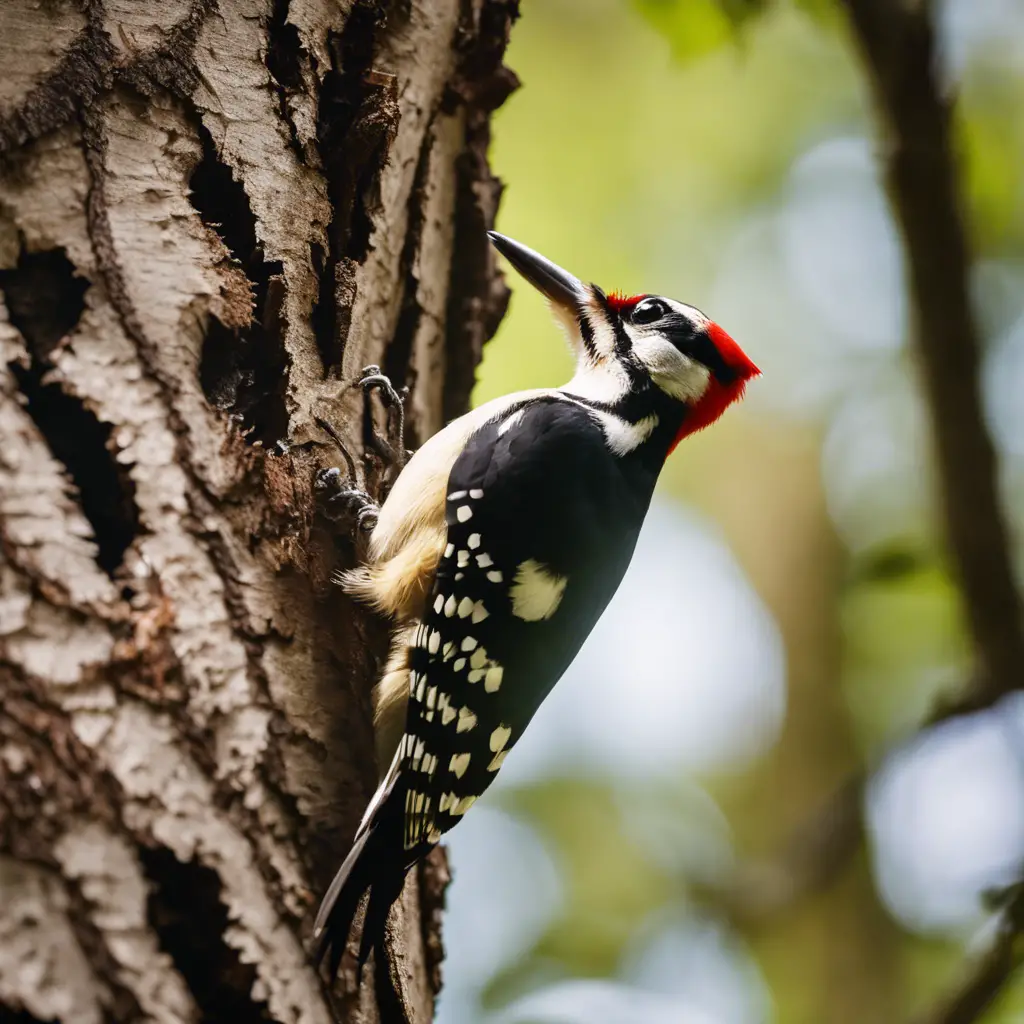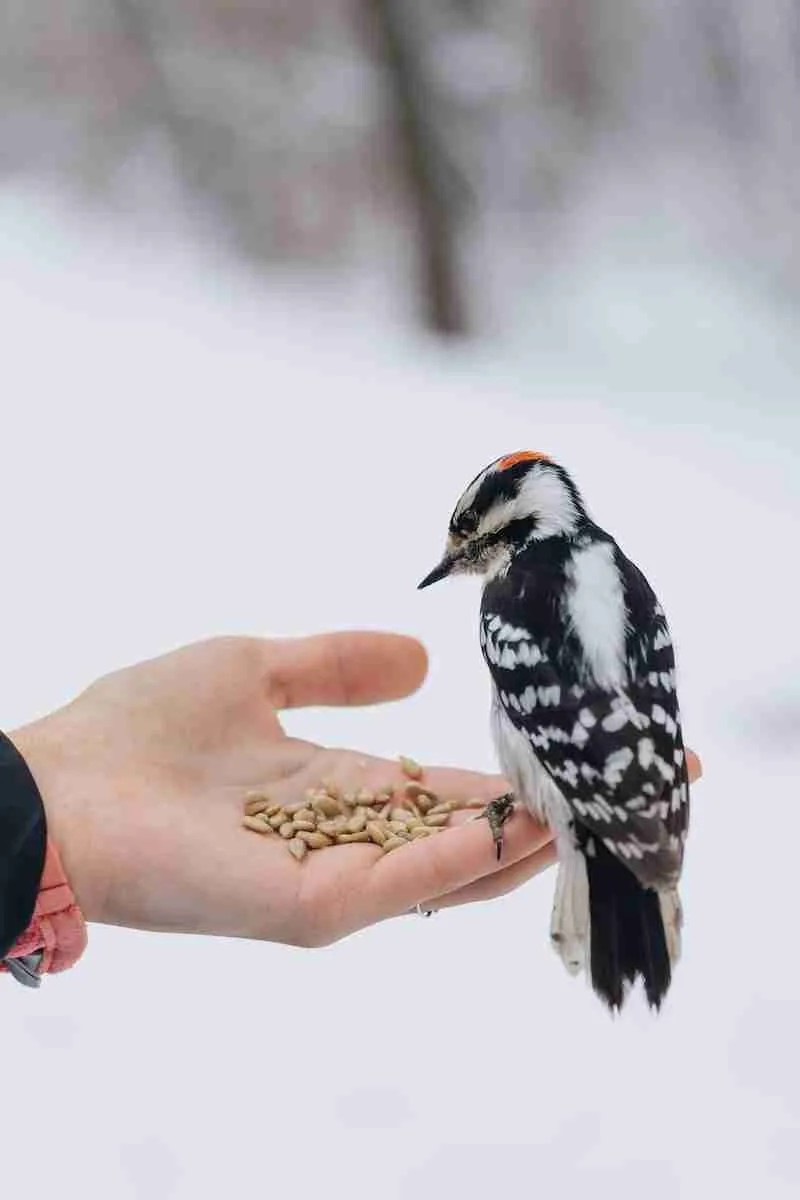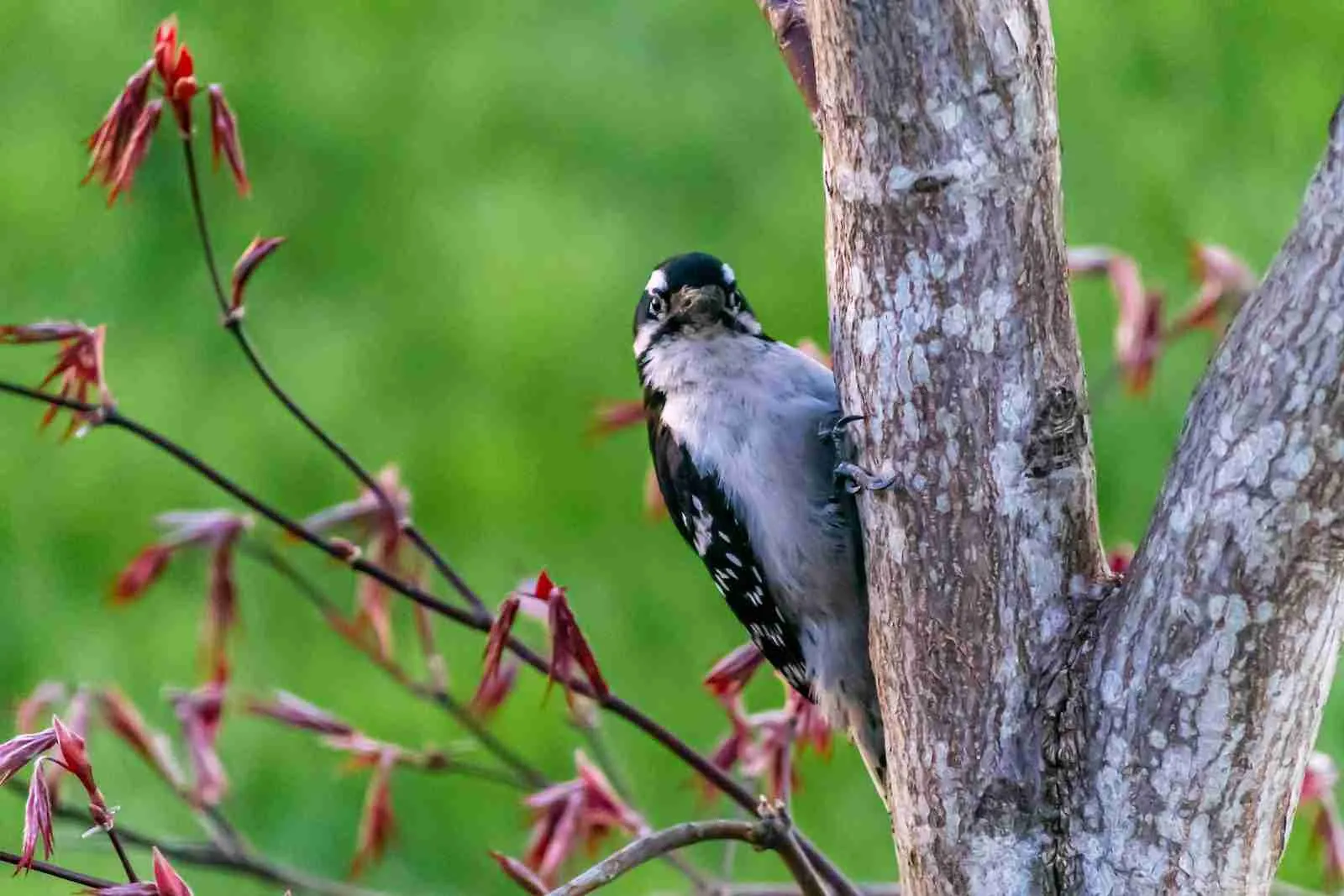During my years as an ornithologist, I’ve spent countless hours studying woodpecker behavior. My experience tells a tale of these industrious birds’ complex choices.
In one memorable field study, I meticulously noted their tree selections. I believe their patterns reflect a deep ecological wisdom. The rugged oak became a favorite in my notes, its sturdy bark echoing with their rhythms.
Observing them, I felt a profound connection to the forest’s pulse, and it underscored my expertise in avian ecology, where every peck seemed a note in nature’s grand symphony.
Key Takeaways
- Woodpeckers prefer hardwood trees like oak and maple for their nesting and foraging activities.
- They also choose trees with softer wood, such as birch and willow, for easier drilling.
- In the absence of preferred food, woodpeckers may resort to harder woods like oak and cherry.
- Woodpeckers primarily target healthy trees for creating holes, but they also target dead or dying trees that harbor wood-boring insects.
Woodpecker Tree Preferences
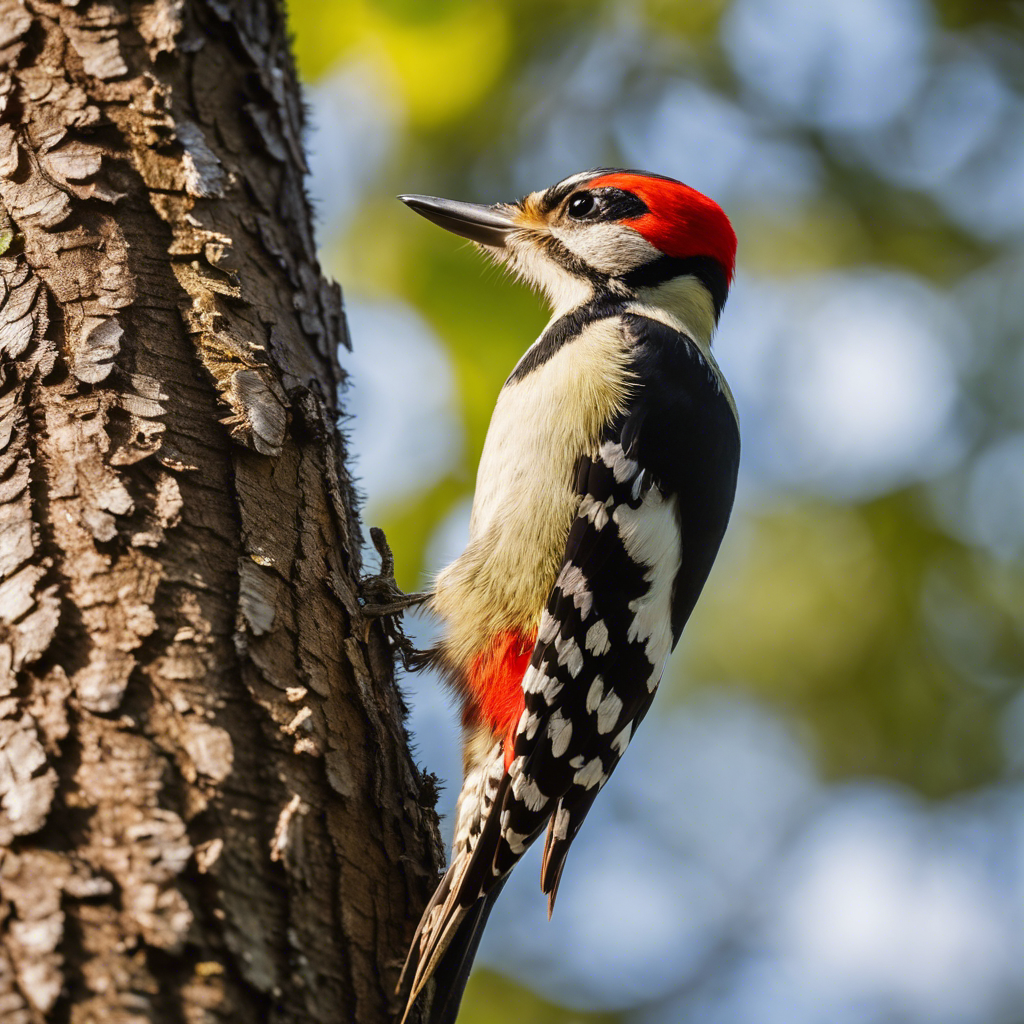
Woodpeckers exhibit a marked preference for certain hardwood trees such as oak and maple. This preference is due to the abundance of insects and grubs these trees host, which are essential to the birds’ diet.
These species have the ability to discern the texture of the tree’s wood. They often opt for trees with softer wood like birch and willow, as this facilitates their pecking. However, in the absence of preferred food, woodpeckers may resort to harder woods such as oak and cherry. Unfortunately, this can lead to significant tree damage.
The creation of holes by woodpeckers primarily targets healthy trees. However, it can also extend to dead or dying trees, which have softer wood and may harbor a high concentration of wood-boring insects. This behavior serves not only as a feeding mechanism but also as a means of controlling insect populations.
Factors Influencing Tree Choice
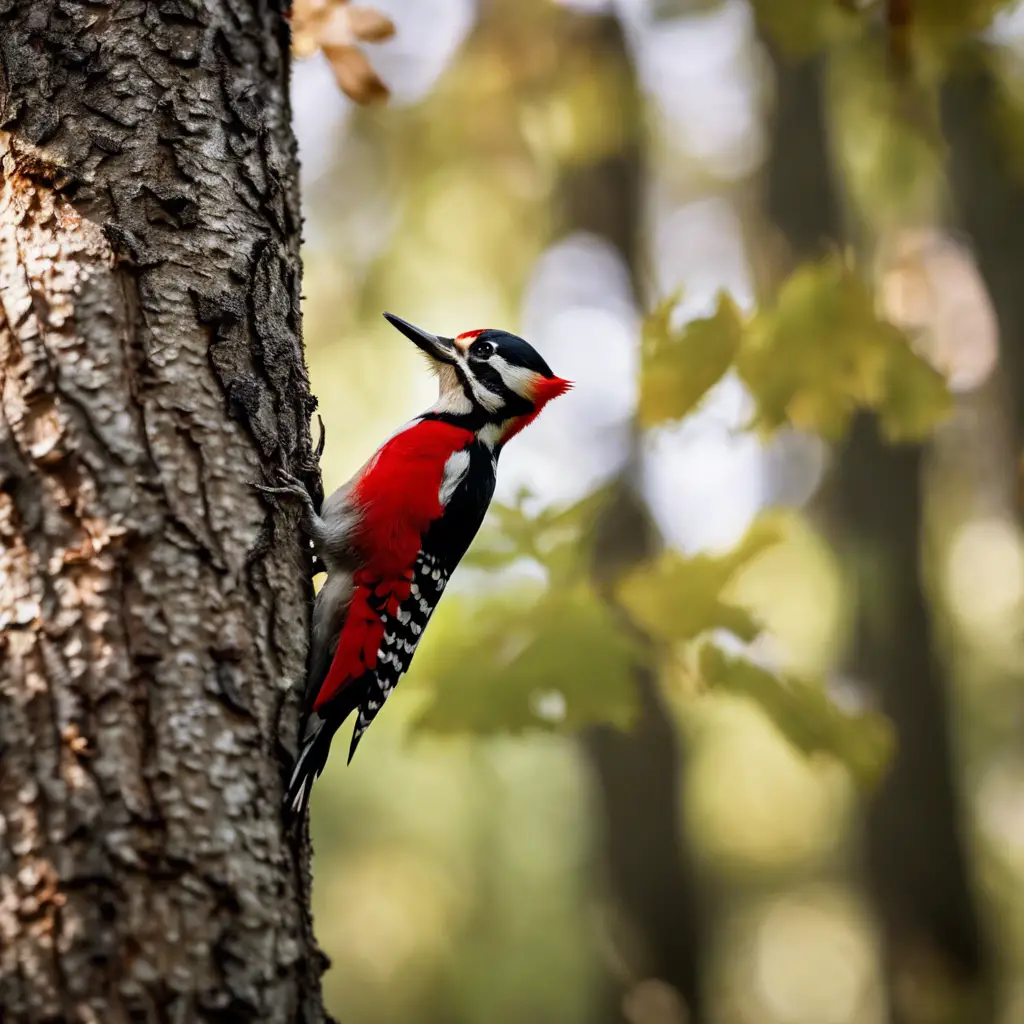
In determining their ideal foraging sites, woodpeckers meticulously assess a variety of factors. They consider the species of tree and the abundance of insects present. Woodpeckers utilize their advanced cognitive capabilities to select trees that maximize their dietary intake and nesting opportunities.
Woodpeckers prefer hardwoods like oak and maple for their diverse insect populations. They often target trees with softer wood such as birches, maples, and willows. These softer woods provide easier access for the birds to drill into trees and extract wood-boring insects and insect larvae.
While species of woodpecker such as the Pileated Woodpeckers and the yellow-bellied sapsucker demonstrate remarkable adaptability, their ability to find food is influenced by tree trunks’ texture and health. Compromised trees offer a more accessible feast for these woodpeckers.
Impact on Tree Health
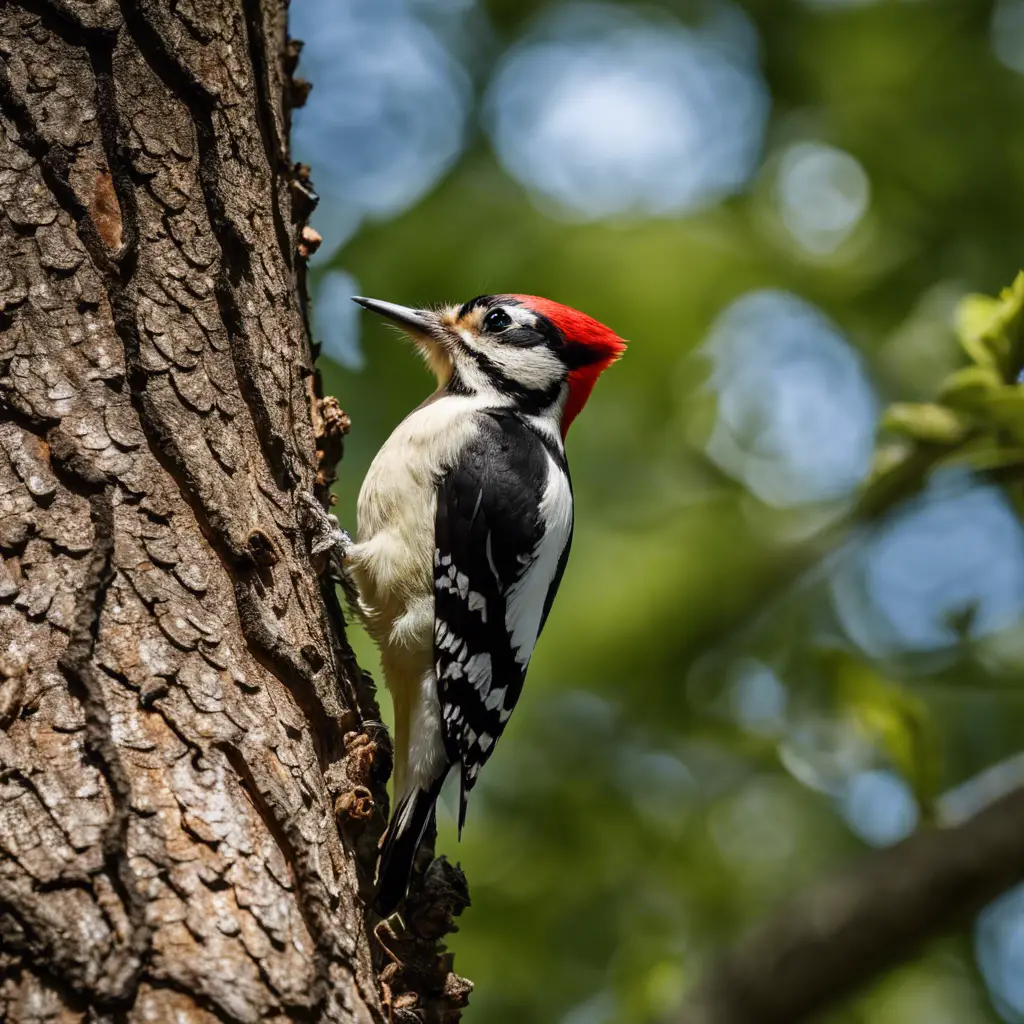
The relentless pecking of woodpeckers, though critical for their survival, can inadvertently compromise a tree’s structural integrity and open pathways for disease and pests. Woodpecker damage often results in small holes that, while seemingly inconsequential, can kill trees if infestations or decay ensue. When woodpeckers drill holes looking for food, they’re not just creating a temporary inconvenience; they can cause serious damage.
- Damage caused by woodpeckers can weaken the tree, making it more prone to breaking.
- Small holes in trees, over time, can lead to significant decay and disease.
- Preventive measures to protect your trees may include repellents or physical barriers.
- Understanding the signs of damage caused by woodpeckers can prompt earlier interventions to save the affected trees.
Preventing Woodpecker Damage
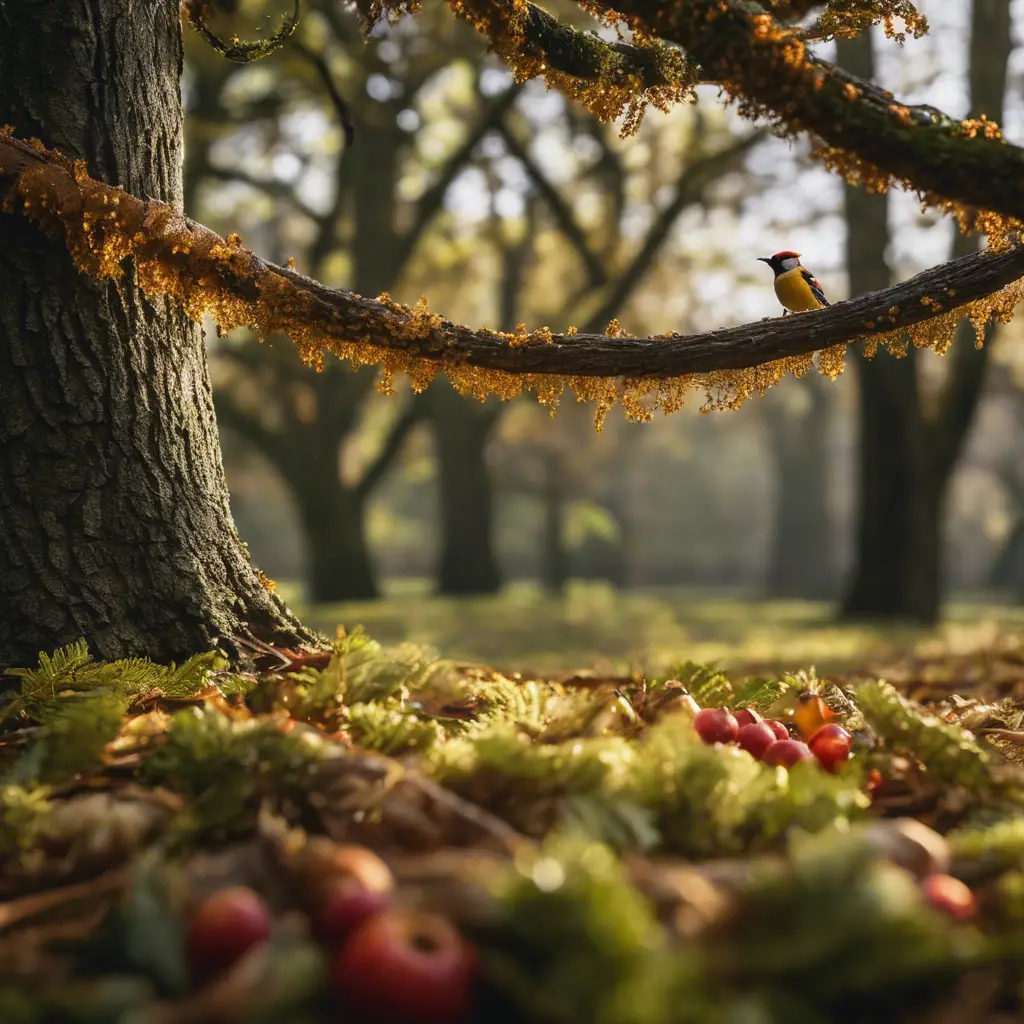
To mitigate the impact of woodpecker activity on trees, homeowners and property managers can implement strategies such as applying protective coatings or installing physical deterrents. Complying with the Migratory Bird Treaty Act, non-harmful methods to prevent woodpecker damage should be prioritized.
Aluminum-based paint, for example, can deter woodpeckers by reducing the sensory appeal of the wood. Additionally, affixing hardware cloth around affected areas can discourage further pecking without injuring the birds.
Woodpeckers frequently return to familiar sites, causing random holes and potentially excavating nest cavities, particularly in softer woods like pine trees. A detailed understanding of these behaviors is crucial in creating a targeted approach to dissuade woodpecker activity while preserving their natural habitat.
Frequently Asked Questions
Do Woodpeckers Feed on Live Trees?
Yes, you’ll find woodpeckers feeding on live trees, particularly those infested with wood-boring insects, as this activity is crucial for their diet and the ecological management of forest pests.
Do Woodpeckers Prefer Live or Dead Trees?
You’ll find that woodpeckers generally prefer dead or dying trees due to easier access to insects and softer wood, which is less taxing on their beaks and provides better nesting opportunities.
Do Woodpeckers Return to the Same Tree?
You’ve asked whether woodpeckers return to the same tree. Indeed, they often do, especially if the tree continues to provide a rich food source or suitable nesting sites over multiple seasons.
Is It Good to Have Woodpeckers in Your Yard?
Having woodpeckers in your yard is beneficial; they’ll control insect populations, especially larvae that harm trees. They’re ecological assets, but monitor for excessive tree damage, which could signal an overabundance or other issues.
Conclusion
In conclusion, you’ve learned that woodpeckers gravitate toward hardwoods like oak and maple due to the richer insect population and easier bark penetration. These preferences impact tree health, with potential for both harm and pest control.
To mitigate woodpecker damage, understanding their behavioral patterns and the ecological dynamics at play is crucial. Your approach to prevention should be informed by this intricate relationship between woodpeckers and their preferred arboreal habitats.

An avid ornithologist, zoologist and biologist with an unwavering passion for birds and wild animals.
Dr. Wilson’s journey in ornithology began in childhood and led him to obtain a Ph.D. in Ornithology from the prestigious Avian Research Institute. He has worked closely with renowned experts in the field and conducted extensive research and field studies globally.

